For the most part, re-creating this time period in O or S gauge has been limited to the Lionel General and the American Flyer Franklin steamers. In recent years, MTH has added new locomotion and rolling stock suitable for a layout set during the Civil War or the 19th-century Wild West. I don’t know whether this represents a new field of interest or simply an area of demand that had been ignored by train marketers.
I do know that Schneider Model Railroading (SMR Trains) has taken some important steps to identify and capture the high end of the Old Timey era.
SMR’s first Civil War product was an O gauge model of the 1863 version of the famed Western & Atlantic 4-4-0, christened The General. The model was most significant for being based on the actual prototype, as it was at the time of the great locomotive chase, not as it looked after later rebuilds or as “seen on TV.”
The model’s accuracy was cutting-edge. And this diminutive scale model benefited from some creative thinking about where to place the power system – in the tender.
SMR’s product line has expanded to include a few more 4-4-0s. The newcomers are modeled after locomotives on the Central Pacific RR and Civil War-era U.S. Military RR.
Out of the box
Our sample is based on a real steamer made by the Mason Locomotive Works for the Central Pacific RR. Central Pacific no. 5, named Atlantic, was one of the first locomotives hauling transcontinental trains.
As fitting for a $1,400 model, this comes very securely packaged. These products are exceptionally fragile, so follow the instructions on opening the boxes and handle with care.
The model measures 12 ¾ inches long (approximately 51 feet in O scale), and it incorporates an amazing amount of “things to see.”
Gazing at the intricate and fragile detail, you’ll have second thoughts about even touching it. The fun will begin once you overcome those fears. Just don’t pick up the locomotive with your fingers on the side rods!
Though the real Atlantic was a far less sophisticated locomotive than, say, a Pennsylvania RR K4-s Pacific, that doesn’t mean the model is a “plain Jane.” The running gear is notable. While it is unlike later steam power, the basics are all there and well crafted – from the steam cylinders, rockers, and lift arm through the eccentric rods. The rods look great when running, as well.
Exterior detail is superb, from the long, long, long pilot (you can see those cows ‘a flyin’ through the air), the big, boxy headlight, the domes, and even the bell and lanyard.
The cab struck my fancy, with its round, rear porthole windows and rudimentary backhead. The controls were basic and appropriate for the time.
Visually, the model falters only when it’s viewed at track level. There, the large pickup roller is pretty obvious.
The Atlantic’s colors are rather sedate when compared to some of the garish 19th-century locomotive liveries I’ve seen in books. Clearly, the combination of colors was meant to make the locomotive stand out, from the green pilot to the Russian iron blue boiler (and gold-color boiler bands).
Worth special mention is the Mason Locomotive Works plate that is mounted just above the center of the drive wheels. This is really cool.
This O gauge locomotive gets high marks for re-creating a workhorse of another era. From its non-operating link-and-pin coupler on the pilot and the diamond stack, to its domes and basic cab (unlike that of any 20th-century road engine) to its simple side-rod layout, this locomotive brings to life the Civil War and great frontier eras.
While you can just purchase the locomotive, you’ll really want to include some rolling stock if you plan on even limited operation. The pin-and-link couplers preclude strapping on cars from MTH or Lionel, so you’ll need to score some of the vintage-style brass boxcars and flatcars available from SMR. Be warned: They aren’t priced for the faint of heart or light of wallet. An overview of these cars follows this review.
Exclusive to subscribers, check out a video of SMR Trains’ O gauge 4-4-0 locomotive and rolling stock running on our test track.
On the test track
The motor is mounted in the tender, and it powers two axles. Having run trouble-free freights with a single powered diesel pushing two dummy units, I half-expected to see some sort of obvious visual nudge as the tender began to push the locomotive, but that wasn’t the case at all. If I hadn’t known that the motor was buried in the tender, I’d have thought it was situated inside the boiler/cab area.
Looking at the size of the Atlantic, I figured it would probably run on O-27 track (hey, it is tiny). Boy, was I wrong. Per the instruction sheet, the three-rail version prefers O-64 diameter curves! Surely, I thought, that couldn’t be right.
But it was. I did get the locomotive to “sort of” run on O-54 diameter curves, but it didn’t enjoy the experience and was inclined to rise off the track.
However, “sort of stays on track” and “$1,400” really don’t go together, so don’t do what we did – follow the manufacturer’s instructions. And, unless you curve your own O-60-something flextrack, stick with running on O-72.
Motor operation of our 4-4-0 was smooth and quiet. You’ll find two center-rail power pickups spaced 3 inches apart beneath the locomotive. A third power pickup is beneath the tender, roughly 3 ½ inches from the nearest locomotive pickup roller.
The only operating glitch we encountered was that occasionally the tip of the long cow-catcher would come into contact with the center rail and spark. Just like a real railway, the smoother – or flatter – that your track is, the better.
Our low-speed average was 11.2 scale mph, while the high-speed average was 60 scale mph. Drawbar pull for the steam locomotive was 10 ounces.
Should you be interested in converting your locomotive to either Lionel’s TrainMaster or MTH’s DCS command system (or adding a sound system), SMR offers what it calls a sound-and-control wood boxcar. The boxcar comes with center-rail power pickups and pre-cut openings in the floor for wiring and switches. The electronics are up to you. The car costs $299.95.
The O gauge Central Pacific 4-4-0 by SMR Trains successfully carves out its own niche in the three-rail market. The locomotive looks unlike anything else on the market, and its performance is very satisfying. If you’re comfortable with the price tag, you should take a peak into SMR’s take on the Old Timey era.
Price: $1,399.95 (locomotive Atlantic)
Features: Can-style motor, illumination, eight traction tires, Seuthe smoke unit; available as Central Pacific Atlantic U.S. Military RR General Haupt or W.H. Whiton
Pros: Superb detail, excellent craftsmanship, good operation
Cons: High-end pricing, pilot occasionally sparked the center rail
Locomotive made in the Republic of Korea, electronics made in the United States for SMR





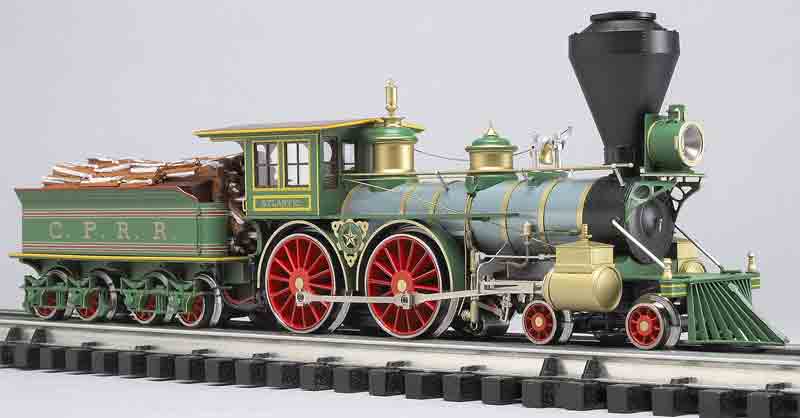

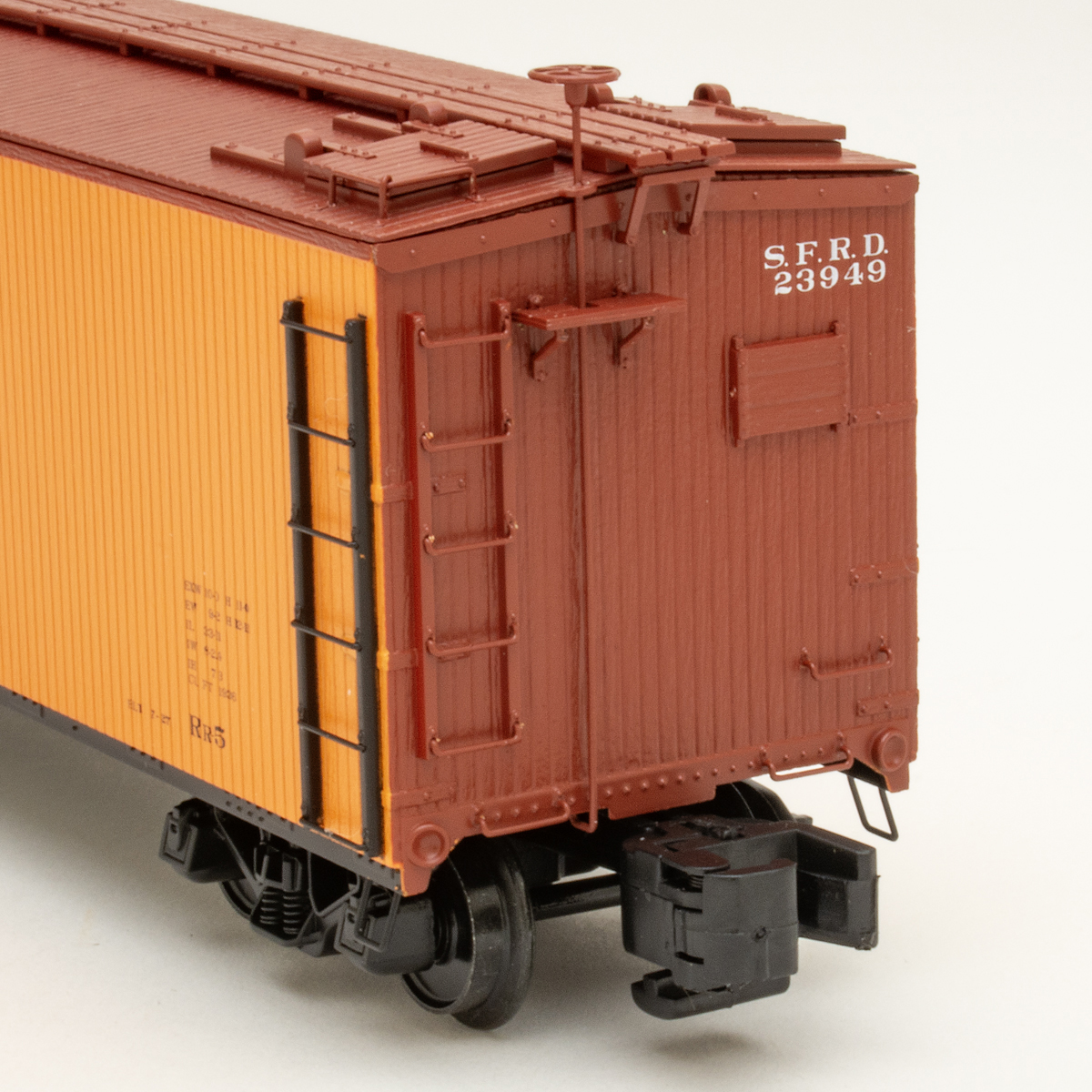
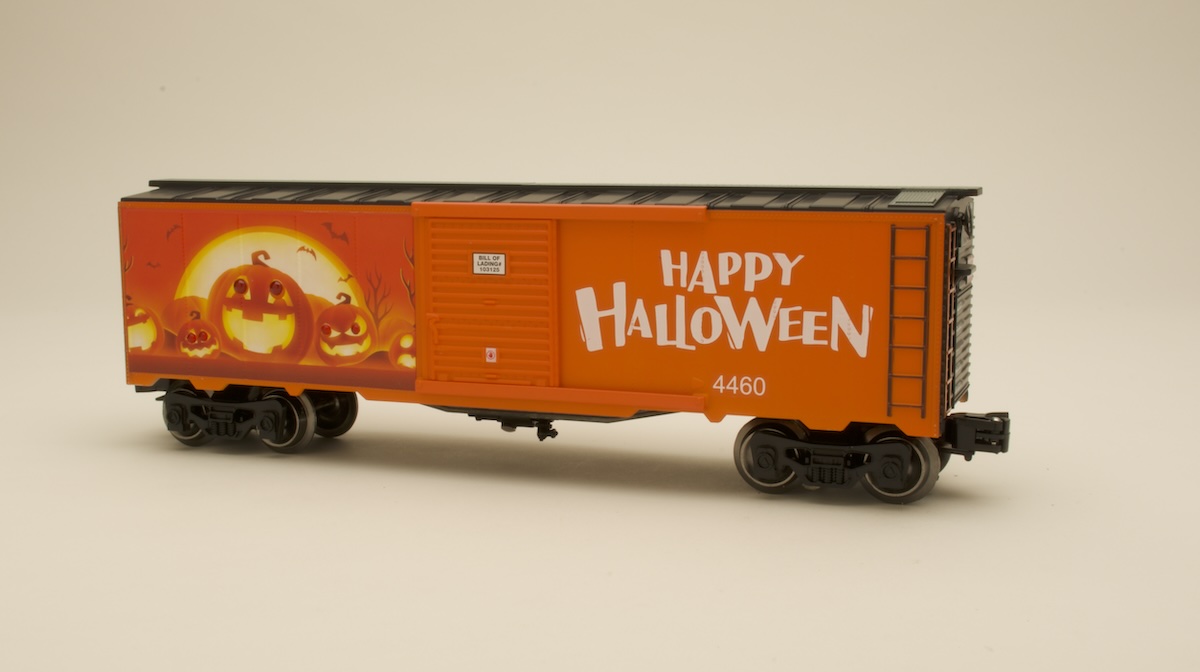
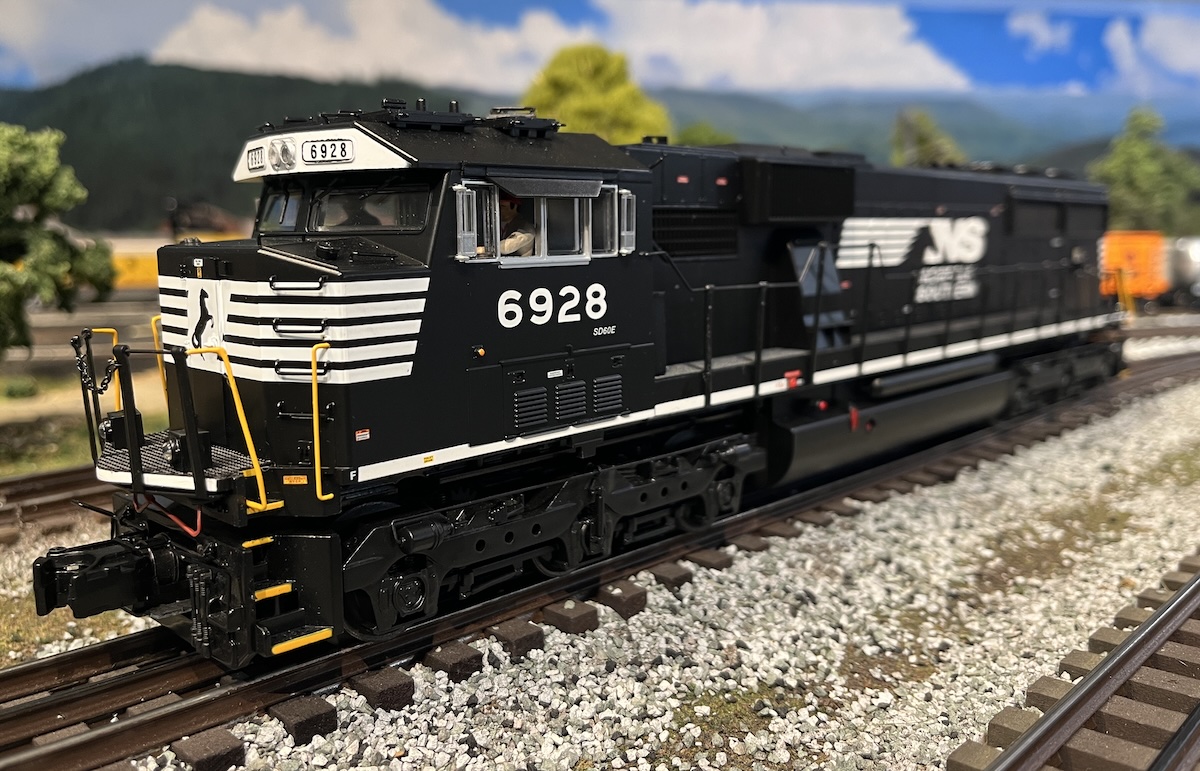
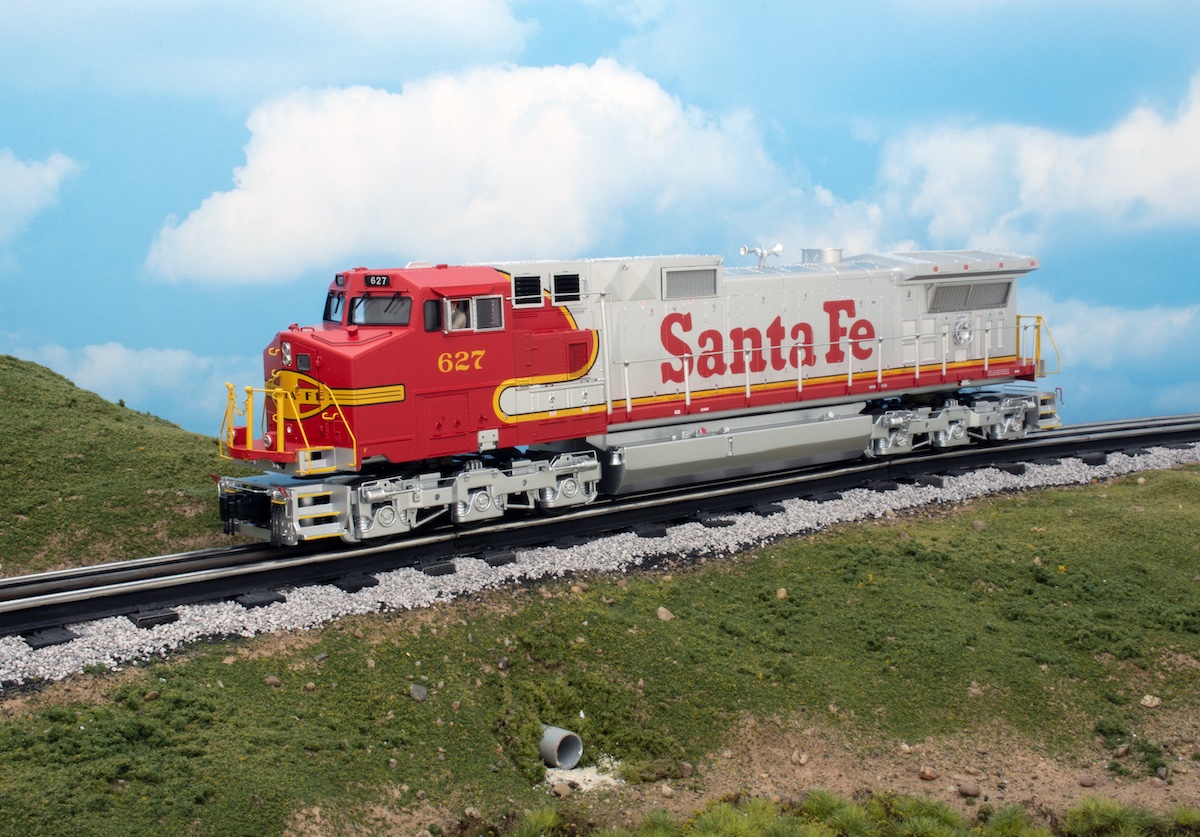




I would prefer a review of this model in DC 2 rail version.
I have purchased the General 4-4-0 with cars, The Whinton with cars and the Haupt with cars. The models are impeccably accurate for you early railroading buffs, and the retro fitted sound/control units installed by TrainsAmerica make these may favorite models of all time. The "pushing" tender-installed motor is more than adequate for a full consist of 1860 cars. The price is well worth the long wait we early railroad 3rail fans have endured. Huzzah for SMR!